Rogge Cloof Conservation Blog Episode 2
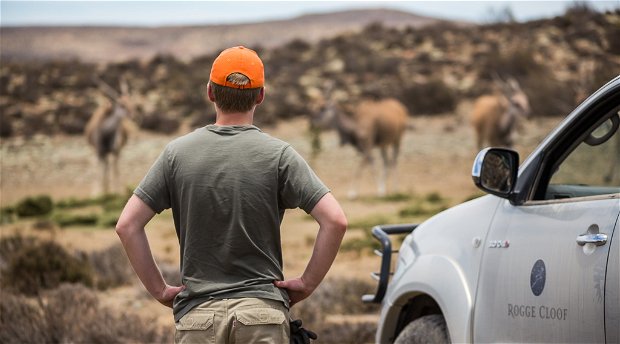
Supplementary Feeding in times of drought
Our animals are extremely important to us, and with this drought still gripping the area hard, we have to strive to keep them as healthy as possible by supplementing their diets. Our routine is quite simple at the moment, but will become more structured as time goes by and we learn about what is best for the animals here.
We have observed that the smaller antelope, like the springbok, seem to be doing quite well, despite the supposed paucity of resources. As always, nature finds a way. In former times, however, the larger mammals needing much more food, would have migrated in times like these, in search of better resources. Being an enclosed protected area, this is not possible. We then have to provide the animals with what they need to remain healthy. It is a tricky balancing act with regards to being financially sustainable and productive.
We feed our animals Lucerne as a supplement to whatever natural fodder they can find. But it isn’t as simple as throwing down bales and leaving them for the animals to find. One must take into account the natural habitat of certain animals, some are water dependent; some will almost never venture near it. Also, the Lucerne itself is almost completely dry, and so water must be provided in order for the animals to be able to make up the water they would usually get from the plants they eat.
After a few months of feeding the animals, some have become very aware of the team bringing food into the veld; the eland especially being very receptive, trotting forward towards the vehicle as we throw down bales. It’s become quite a spectacle for us!
We have been seeing a number of the antelope species having offspring at the moment, which gives us hope that they must be finding enough to thrive, hopefully we can keep it that way. Keep your fingers crossed!
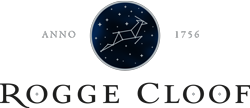
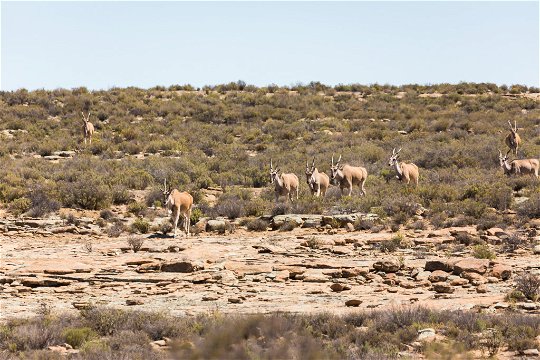
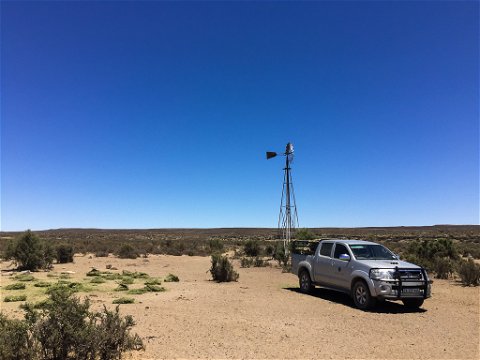

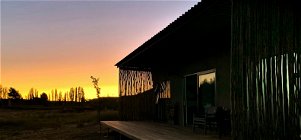
Share This Post